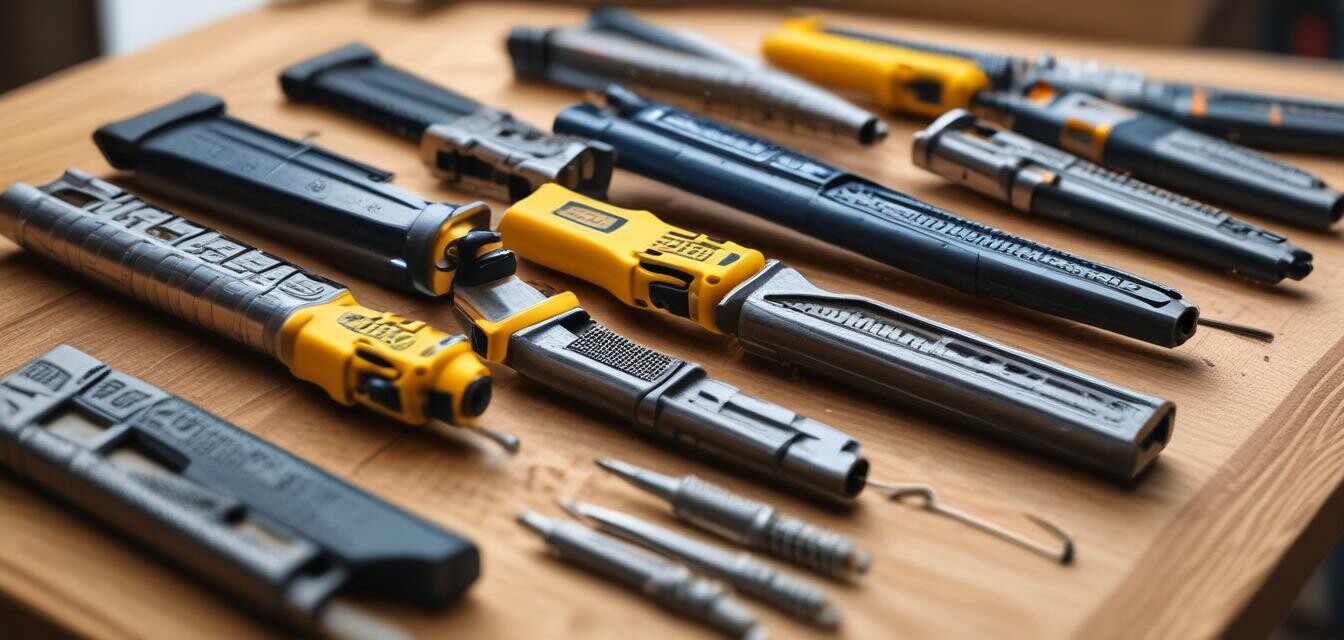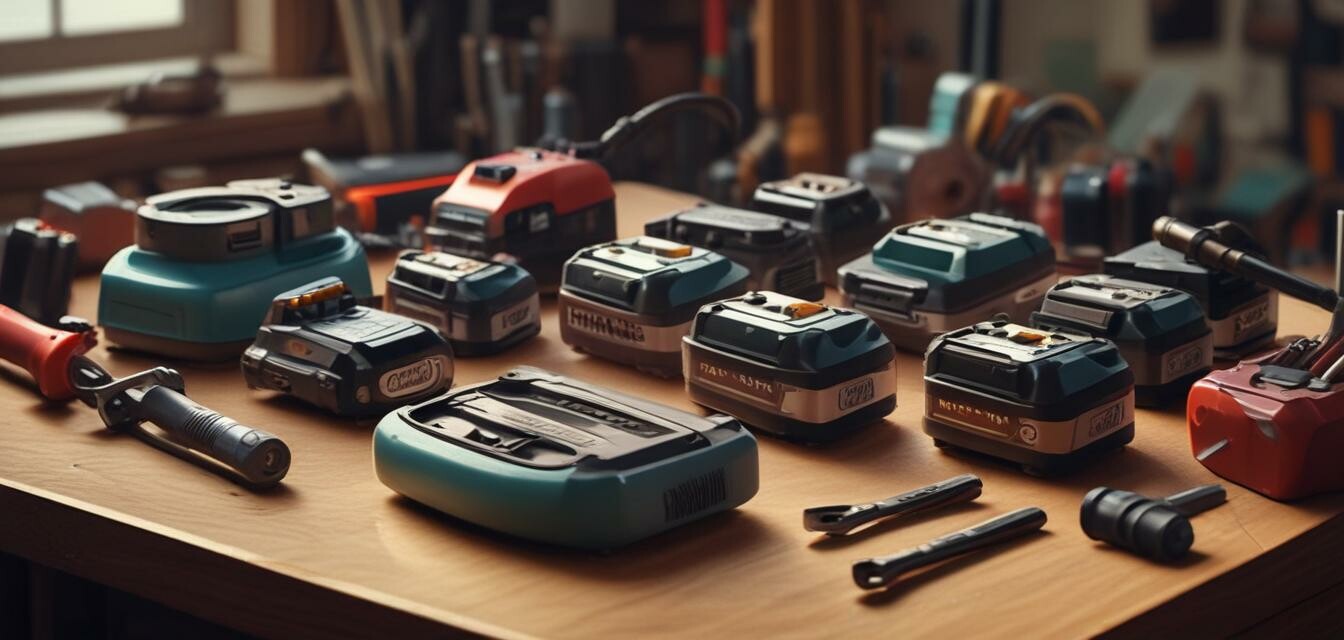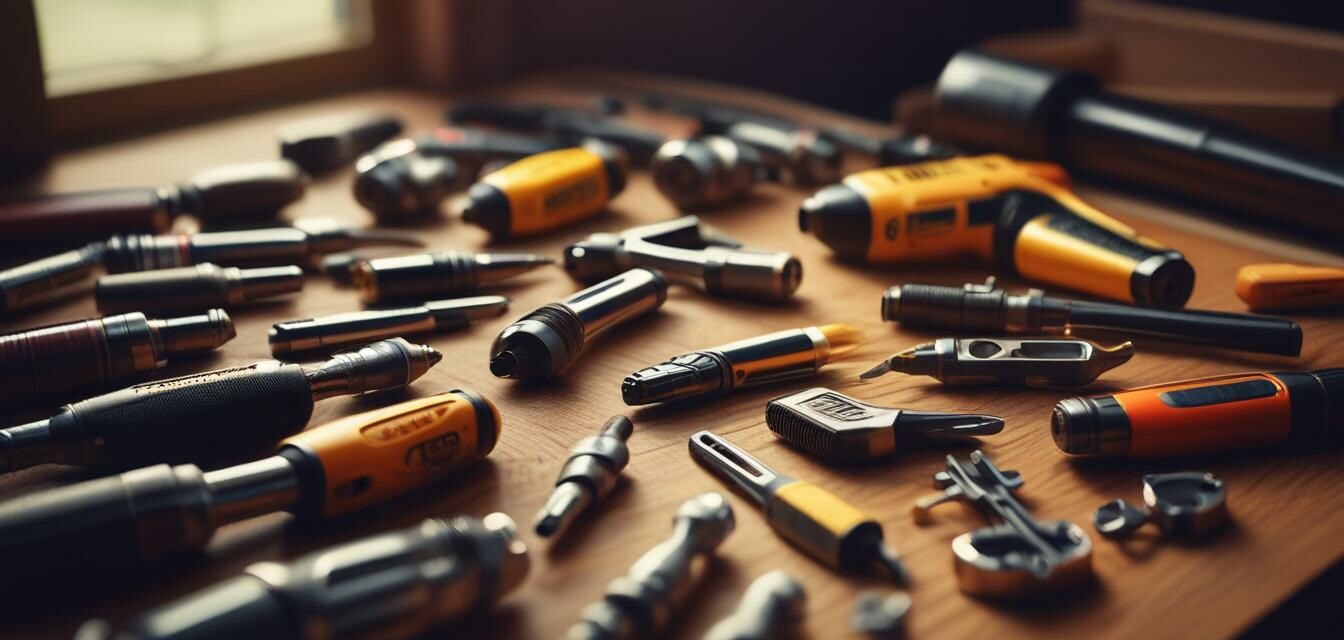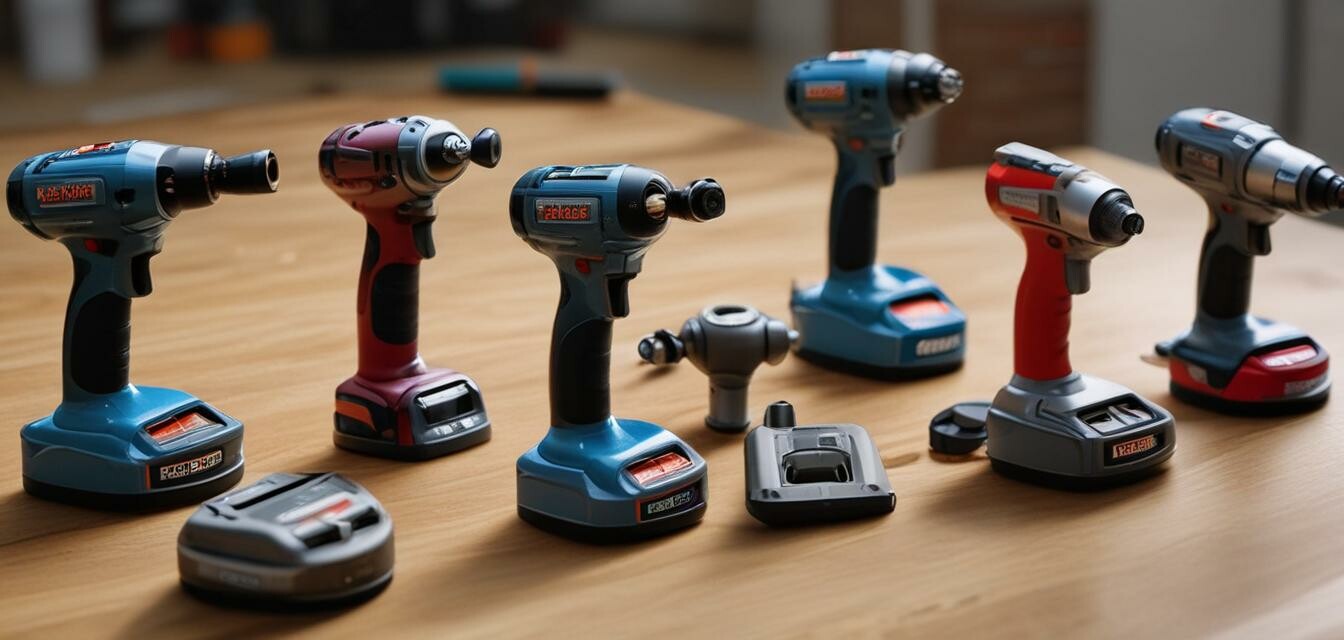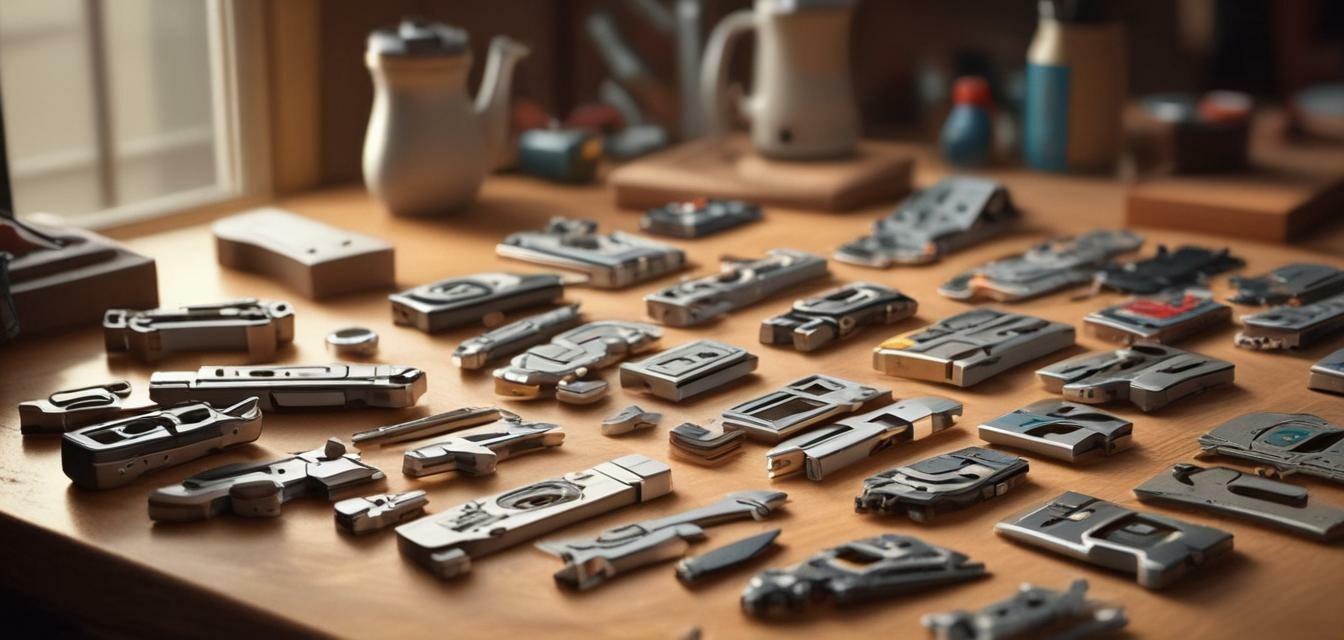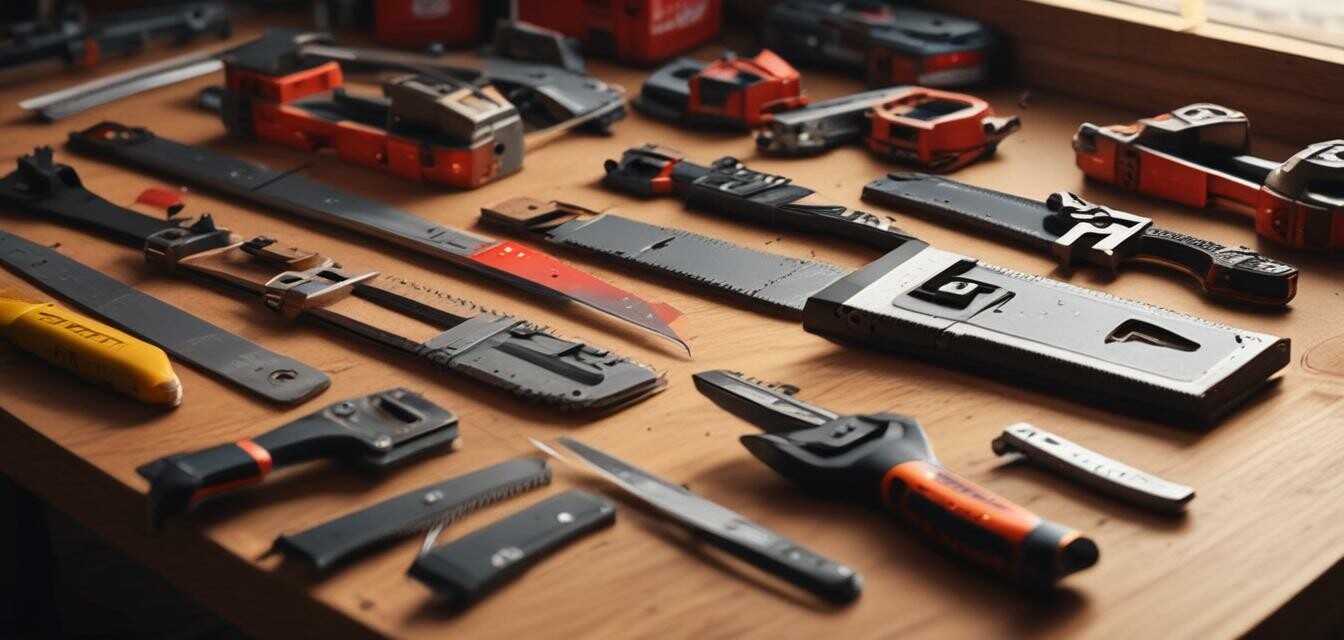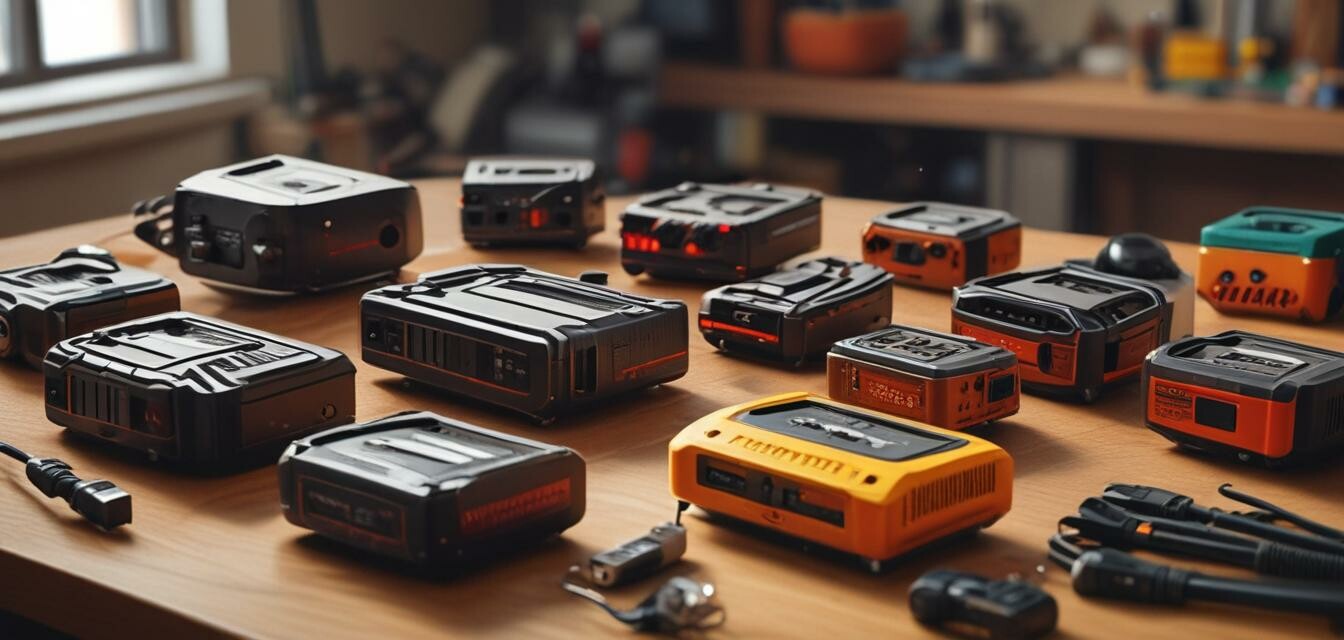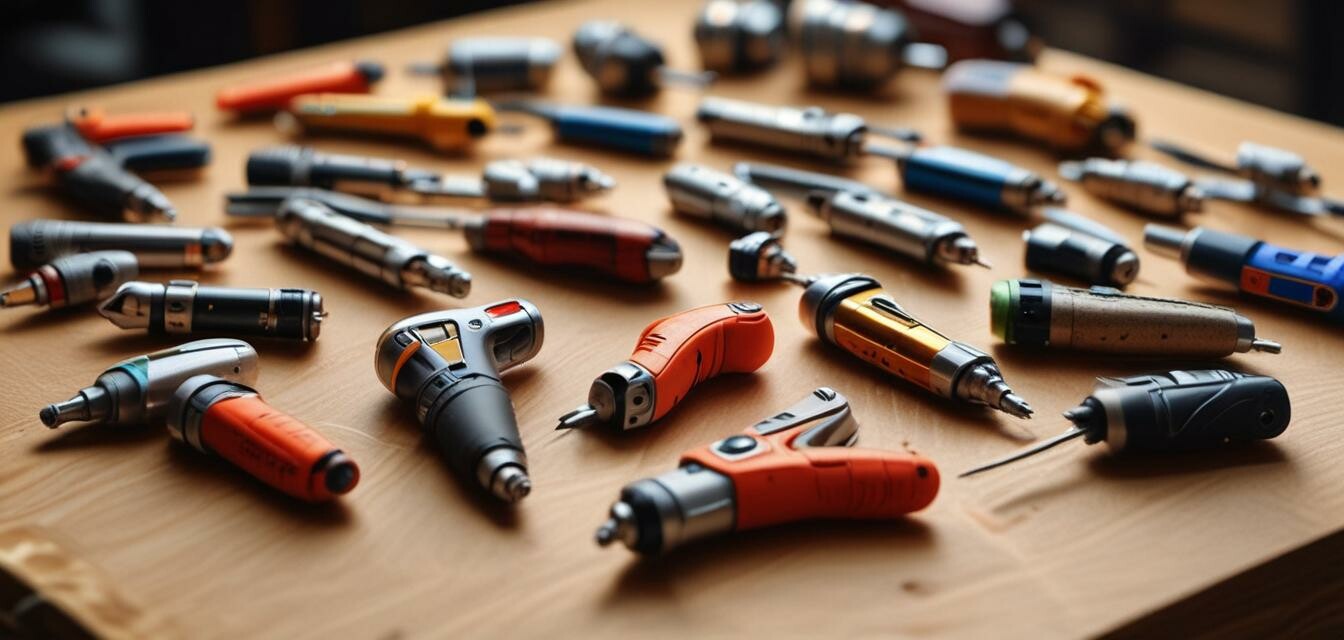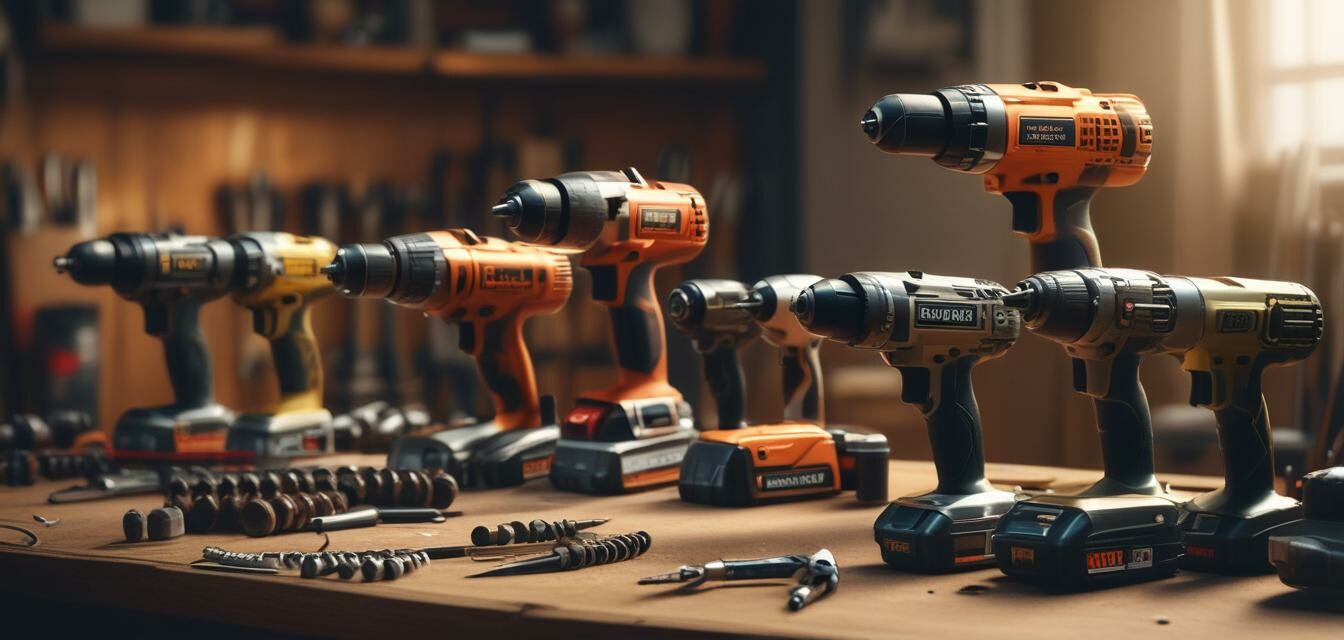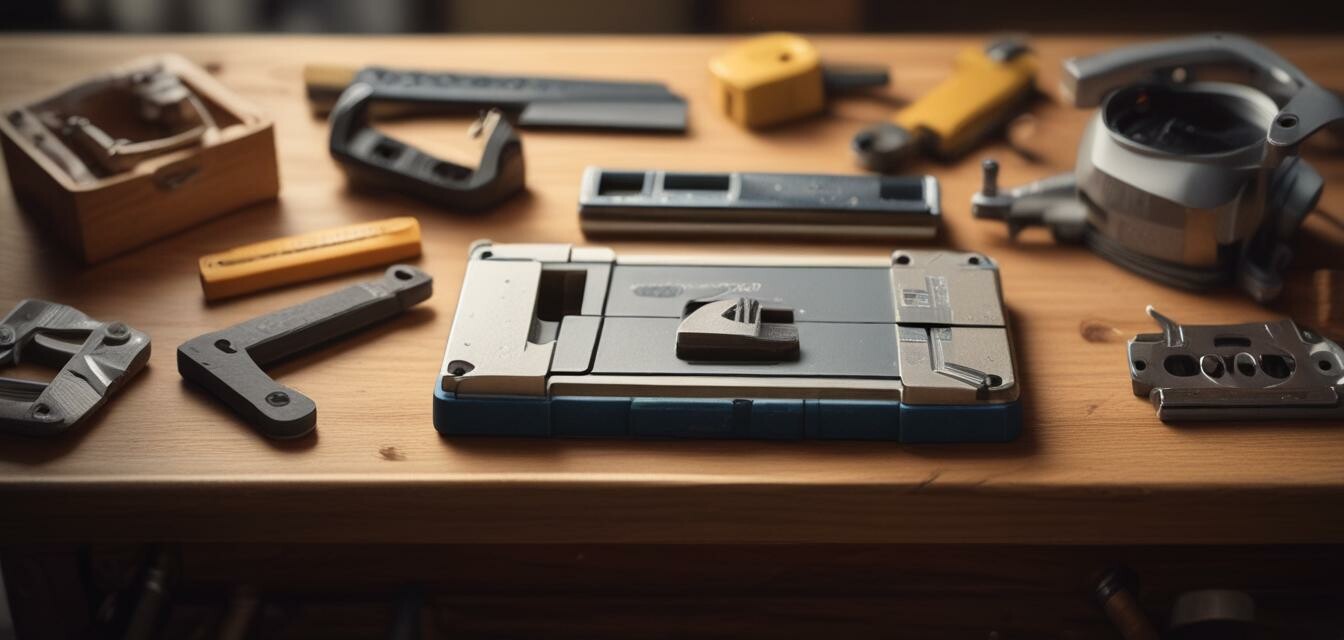
Portable Planers
Key Takeaways
- Portable planers are essential tools for carpentry and woodworking.
- They provide smooth, even finishes to wood surfaces.
- Features to consider include cutting width, motor power, and weight.
- Popular brands offer various models tailored to specific needs.
- Understanding the differences between models can help you choose the right one for your projects.
Portable planers are indispensable tools for carpenters and woodworking enthusiasts. They help in achieving a smooth finish on wood surfaces, making them a must-have for any workshop or job site. In this article, we’ll explore the best features of portable planers, how to choose the right one, and provide detailed comparisons of leading models.
What is a portable planer?
A portable planer is a power tool used to smooth and shape wood surfaces. Unlike stationary planers, portable planers are lightweight and designed for easy transport, making them ideal for on-site jobs. They can remove material from the surface of the wood, ensuring a uniform thickness and a polished finish.
Key features of portable planers
When selecting a portable planer, consider the following features:
- Cutting Width: The width of the wood that can be planed in a single pass.
- Motor Power: Measured in amps, a higher amp rating usually indicates more power.
- Weight: Lighter models are easier to transport but may sacrifice some cutting capacity.
- Blade Type: Look for models with high-speed steel (HSS) or carbide blades for better durability.
- Dust Collection: Integrated dust ports can help keep your workspace clean.
Types of portable planers
There are several types of portable planers available in the market, each catering to different needs:
| Type | Description | Best For |
|---|---|---|
| Corded Planers | Powerful and continuous operation without worrying about battery life. | Heavy-duty tasks and long projects. |
| Cordless Planers | Battery-operated for maximum portability and ease of use. | On-site jobs or locations without power access. |
| Handheld Planers | Lightweight and easy to maneuver, great for detail work. | Small projects and finishing touches. |
Pros and cons of portable planers
Pros
- Highly portable and easy to transport
- Can achieve a smooth finish on wood
- Ideal for both DIY enthusiasts and professionals
- Variety of models to suit different needs
Cons
- Can be less powerful than stationary models
- Battery life may limit usage for cordless models
- Potential for uneven cuts if not used correctly
How to choose the right portable planer
Selecting the right portable planer involves understanding your specific needs. Here are some tips:
Tips for Beginners
- Consider the types of projects you will undertake regularly.
- Test out different models at a local hardware store if possible.
- Read reviews and comparisons to find the best model for your budget.
- Check the warranty and customer support options.
Comparison of popular portable planers
Below is a comparison of some of the popular portable planers on the market:
| Model | Cutting Width | Motor Power (amps) | Weight (lbs) | Price Range |
|---|---|---|---|---|
| Model A | 12 inches | 15 amps | 6.5 | $$ |
| Model B | 10 inches | 12 amps | 5.5 | $$$ |
| Model C | 13 inches | 18 amps | 7.0 | $$$$ |
Maintenance tips for portable planers
To ensure your portable planer remains in top condition, follow these maintenance tips:
- Regularly check and replace blades when necessary.
- Clean the dust collection system frequently.
- Store the planer in a dry place to avoid rust.
- Inspect electrical cords for wear and tear.
Conclusion
Portable planers are essential for anyone involved in woodworking or carpentry. They offer the flexibility and convenience of being able to work anywhere, while still providing excellent results. By understanding the features and types available, as well as how to maintain your tools, you can ensure that your portable planer serves you well for years to come.
Explore More
For more information on related tools, check out our other pages:

